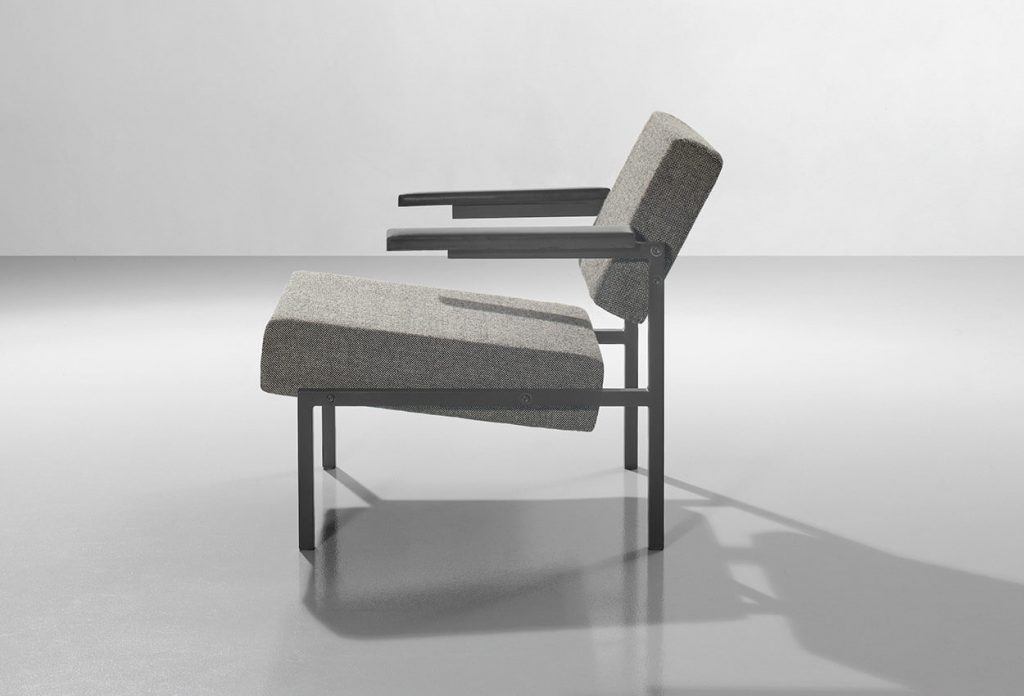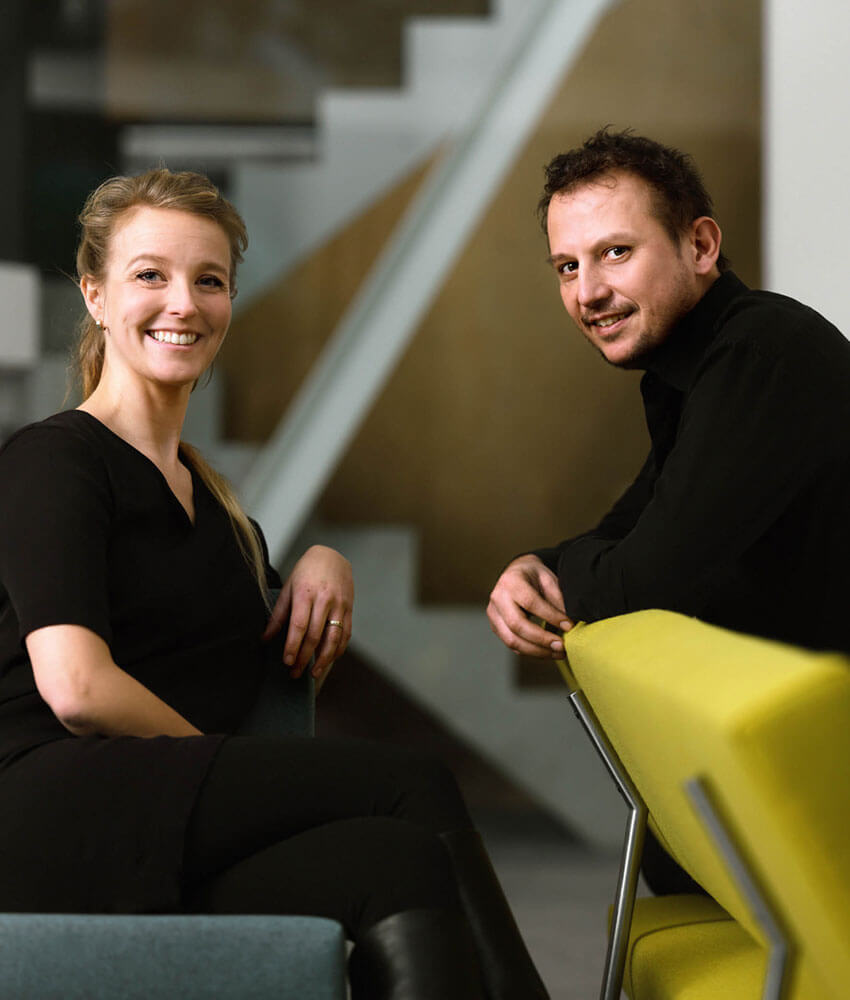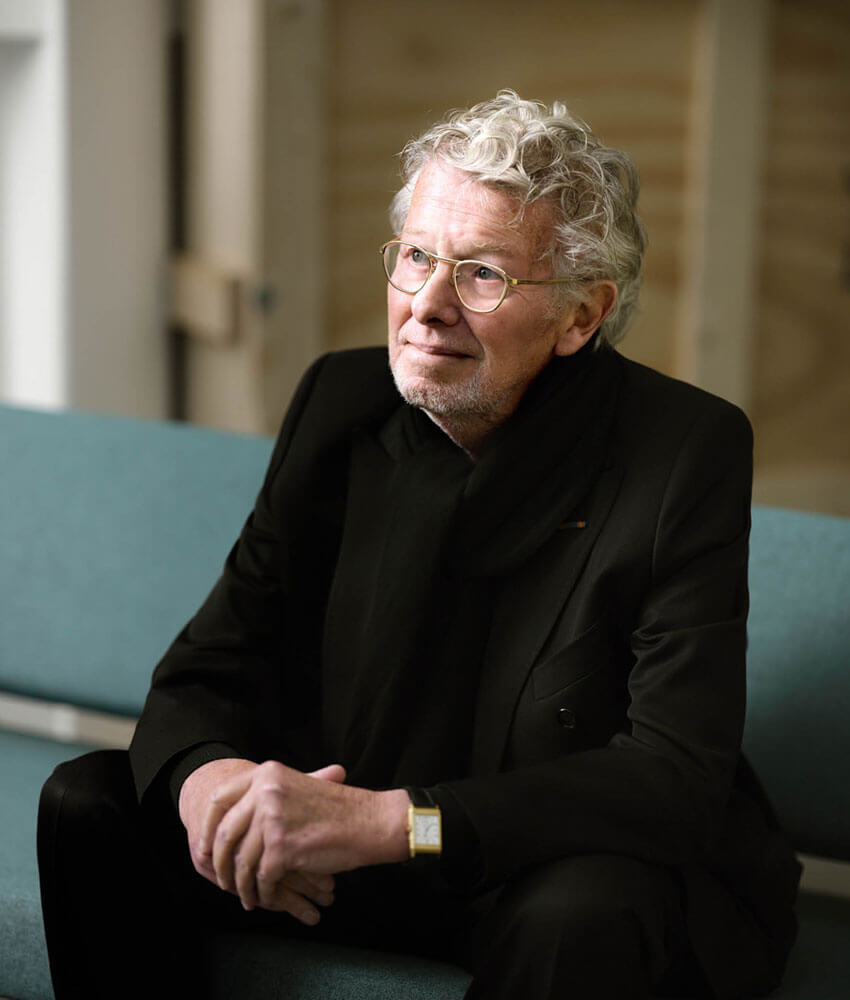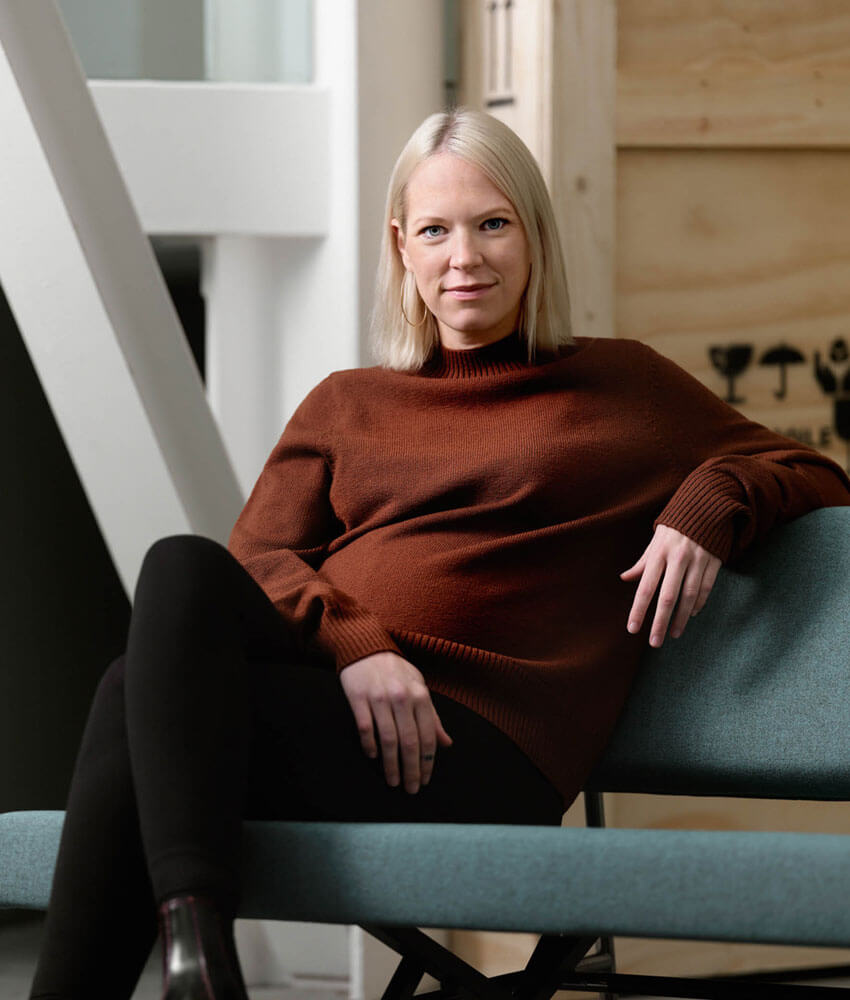Carolina Wilcke & Reinier Bosch X SZ 64

SZZ 2020
“SZZ 2020 (Stoel Zitten Zonnecel 2020, or “Solar Cell Sitting Chair 2020”) is primarily a statement of how we, as designers, see the future. Martin Visser gave a face to the post-war reconstruction through his furniture, but the truth is that we are currently going through a similar phase. We have to rethink everything. If you want to live in a zero-energy way, how does that impact the way you deal with objects? Can you make furniture that generates energy? We find such questions fascinating. While Visser made design into something accessible for the general public – Carolina grew up with his furniture – we want to use smart materials to make sustainable design attractive to a large audience.
Carolina and I are life partners, but we also collaborate a lot professionally, so a project like this is basically born while having dinner.
I look at things from the perspective of my background as a designer at Studio Solarix, where I develop materials for buildings that can generate energy: solar design. Facade panels containing solar cells that contribute to an attractive and pleasant urban environment, for example. Carolina’s perspective is more that of a product designer. Because her work is also produced by Spectrum, she feels a connection with Visser’s philosophy. We used Solarix materials in the seat and back of the SZ 64, which supply the energy for the “neon” LED lighting. It’s a concept that balances between art and design and invites people to think about how we can approach objects in a sustainable manner. We really need to get serious about the future – and let us hope that it will turn out to be just as bright.”

SZ 64 (1960)
Like the BR 02 sofa bed and SE 69 chair, the SZ 64 (formerly SZ 37) has a separate seat and backrest. An outstanding feature is that the wooden frames of the upholstered back and seat are attached to the two side frames that serve as the armrests and legs, without any additional structural elements. This very simple construction deviates from the idea of working with a standard seat shell in which the backrest and seat form a single whole. The armrests were executed in wood or, like the model on display, leather.
Carolina Wilcke
& Reinier Bosch
Carolina Wilcke (1980) and her husband Reinier Bosch (1980) both studied at Design Academy Eindhoven. Working from their shared studio, they mostly design autonomous works. Carolina focuses primarily on product design and interiors, while Reinier’s work is more on the interface of interior design and art.
Carolina’s additional training as a goldsmith shines through in the refined details, ingenious constructions and perfect finishes of her works. Her search for the perfect aesthetic proportions is visible in her designs’ clear language of forms, such as the Tangled cabinet she designed. Reinier’s work is visual and imaginative. He is capable of capturing seemingly moving images in a single moment. His works often take the form of desirable functional objects that continue to fascinate, even without actually putting them to use.







